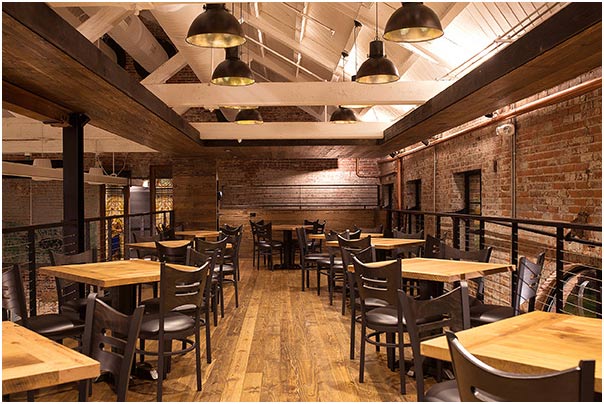
Lighting Tips for Indoor Architecture that you must know
Share

Earlier, we talked about how the LED façade lighting can make buildings look appealing while conveying a strong communication. Here, we are going to discuss the lighting for indoor architecture. A well-lit building can change your perception of what lies inside. Such is the power of illumination.
Likewise, the interiors can also make use of lighting in a way that can contribute to creating a long-lasting impression about a place. Be it a mall, a restaurant, or any other fancy public place, the building designers, architects, and stylists lay a lot of emphasis on the lighting aspect of any given space.
In order to help you decorate your building interiors, we are providing certain useful tips that you may follow:
Focal Glow

Color Temperature

We discussed about the different shades of light, viz., warm, cool, and natural and how these affect the mood of the occupants. Before you take up the task of lighting up a given space, you must decide what shade would be suitable.
The warm light would make the room look cosy, while the cool white light would set every little detail on display. It may also work as the season. For example, the warm colour temperature would make people feel comfortable when it’s cold outside. Similarly, the cool temperature can be used in case of scorching heat outside.
Brightness Control
Owing to the rising concerns of energy consumption and bills getting hefty, you may want to use smart lighting. This would help in controlling the lighting and avoiding wastage. The sensors can judge the occupancy and control the lighting as and when required.
Any given space can be enhanced visually with the help of task lighting. The focal glow helps in drawing attention to a particular point in a space where the light can be utilised to highlight a special element.
For example, you can use pendant lighting fixtures and spotlights to draw attention to the colour of the wall paint or a painting in a room. Even if it’s turned off, the rest of the space remains unaffected.
Ambient Lighting

Ambient lighting provides uniform illumination throughout a given space. For this purpose, the ideal choice is recessed lighting. It can provide a safe, reassuring, and level brightness throughout the entire room. Whether you are redecorating an old structure or creating a new one, the right kind of ambience is surely something you can’t miss out.
Natural Light

You must keep in mind whether the building needs fresh air or natural daylight. For this, you must keep in mind the position of the windows, the amount of light entering, how much light you need to block or allow, as per the interiors. Spaces like lobbies and classrooms can have more windows, while a theatre or a garage would need many fewer windows.
Feature Lighting
There may be certain aspects of the interior of a building that you may want to highlight through light. For instance, the walls or the ceilings are important sections of some given spaces that must be given a proper illumination. It creates an indirect yet uniform lighting environment and beautifies the architecture.









